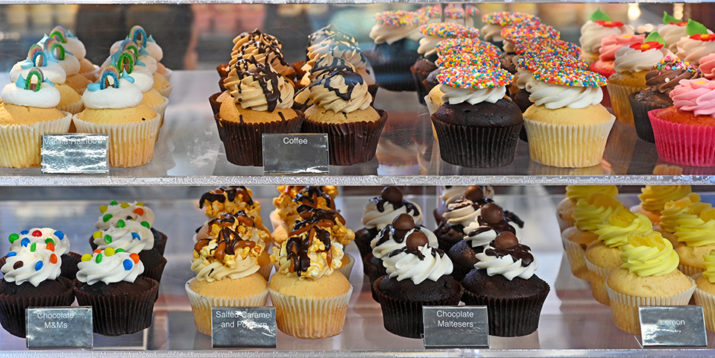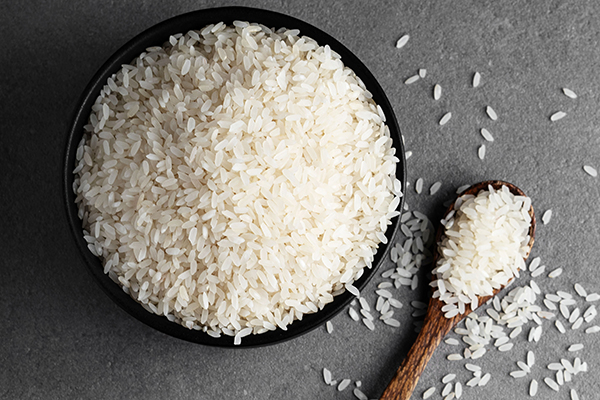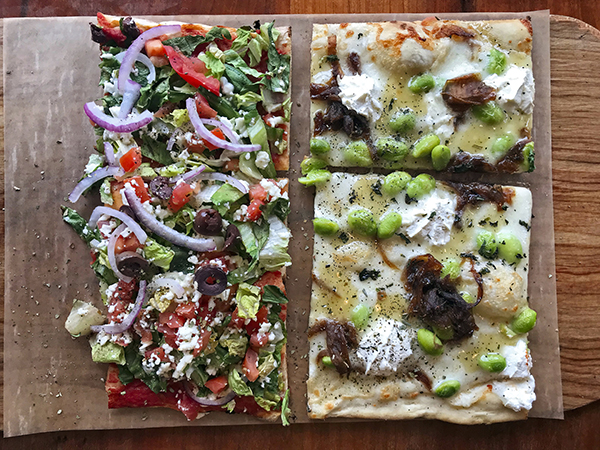What to Know About Empty Calories

If you strive to eat healthy, you may be familiar with avoiding foods that contain “empty calories.”
Nutrition experts often use the term “empty calories” to explain why certain foods are better than others at helping you lose or maintain weight.
But is this concept a bit outdated?
In theory, all foods can still fuel the body with calories. Can they be enjoyed in moderation?
Let’s explore empty calories and whether it’s still helpful to think about foods this way.
What Are Empty Calories?
Empty calories is a term often used to describe foods with little to no nutrient value.
“These foods don’t contain beneficial nutrients like protein, fiber, or healthy fats and typically are higher in total carbs, added sugars, and solid fats,” explains Beachbody nutrition expert Ilana Muhlstein, M.S., R.D.N., and co-creator of the 2B Mindset nutrition program.
Moreover, empty-calorie foods are often easy to overeat, explains Krista Maguire, R.D., C.S.S.D, and nutrition manager at Beachbody.
“Because these foods don’t contain fiber and protein and are often higher in sugar, they could lead to blood sugar imbalance and an unsatisfied feeling that can lead to overeating,” Maguire says.

Examples of Empty Calorie Foods
Common empty calorie food groups include:
- Desserts (e.g., cookies, cakes, donuts, muffins, breakfast bars, and other pastries)
- Candies (e.g., chocolates, hard candies, gummies, and other sweets)
- Sugary drinks (e.g., sodas, mixed coffee beverages, and fruit juices with added sugars)
- Solid fats (e.g., butter and shortening)
- Fast food (e.g., fries and pizza)

Is White Rice an Empty Calorie Food?
Though not listed above, Muhlstein considers white rice to be empty calories.
“All rice starts as a whole grain like brown rice,” she says. “White rice has been stripped of its out bran layer, which is supposed to give you fiber and B vitamins. This leaves just the starchy center with no fiber to help with fullness.”
But don’t rule white rice out just yet.
Says Maguire, “white rice does contain some nutrients like protein, fiber, and vitamins and minerals (some due to fortification). Yes, it is stripped of some nutrients during processing; however, white rice is a staple in some countries where the populations are still thriving.”
Both experts agree that since rice is usually eaten as a base and in large quantities, it’s healthier to swap white rice with brown rice, quinoa, or even lentils or cauliflower rice.
Is Water an Empty Calorie Food?
Funny enough, water, a food with zero calories, is not an empty calorie.
“It’s quite the opposite,” says Muhlstein, “Water is a vital nutrient. Water is 60% of our body weight. Drinking water before eating can help you register fullness quicker.”
Do Empty Calories Cause Weight Gain?
Not surprisingly, if you overeat foods that contain “empty calories,” you’ll most likely gain weight.
“As someone who has been over 100 pounds overweight, I can personally attest to losing weight by swapping out the sources of empty calories in my diet,” says Muhlstein.
“Not only are these foods low in benefits, but they also have an addictive quality that just doesn’t lend themselves well to moderation. Furthermore, things like soda contain added sugars, which are known to cause health problems if you can’t practice moderation,” she explains.
But Is “Empty Calories” an Outdated Concept?

Both our nutrition experts acknowledge that the empty calorie concept is overly simplified.
“Since ’empty calories’ is somewhat subjective,” says Maguire. “I wouldn’t call certain types of pizza empty calories as there could be some — emphasis on some — nutritional value. A thin, whole-grain, or cauliflower crust or pizza with a little cheese and lots of veggies and lean protein could provide some nutritional benefits.”
Muhlstein adds that “not all empty calories are the same. Both pizzas and sodas are empty calories. The soda is straight sugar, and the pizza has some valuable nutrients like protein or calcium. Despite the nuances, empty calories aren’t outdated. We live in a pretty unhealthy society, and this is a useful concept to teach people about making healthier food choices.”
Can Empty Calories Have a Role in Our Diet?
“Yes, empty calories can be beneficial,” says Maguire. “Athletes might consider empty calories filled with simple sugars as quick energy to replace muscle glycogen. Other folks — for example, an adult of advanced age who struggles to keep weight on — might benefit from extra empty calories.”
But if you’re not in either of those camps, empty-calorie foods should play a small role in your diet.
Ask yourself if you’re the kind of person who’s good at practicing moderation.
“Sure, you can have treats and sweets, but it’s a slippery slope, and it’s possible to fall into the trap of eating more and more empty calories,” says Muhlstein.
“If you’re training for a marathon or doing lots of physical activity, you can burn off the sugars, fats, and calories from these foods. But even athletes and people looking to gain weight will benefit from eating a healthy, high-fiber diet,” she adds.
How to Make Healthier Choices
To make healthier food choices, it might be mentally easier to focus on what we can eat rather than what we can’t.
The flipside of avoiding empty calories is to choose more nutrient-dense foods. Since most empty-calorie foods are snacks, reach for these healthy snacks instead!
Want more expert nutrition advice? Learn how Beachbody nutrition programs and products can help you lead a healthier lifestyle, check out BODNutrition.com.
